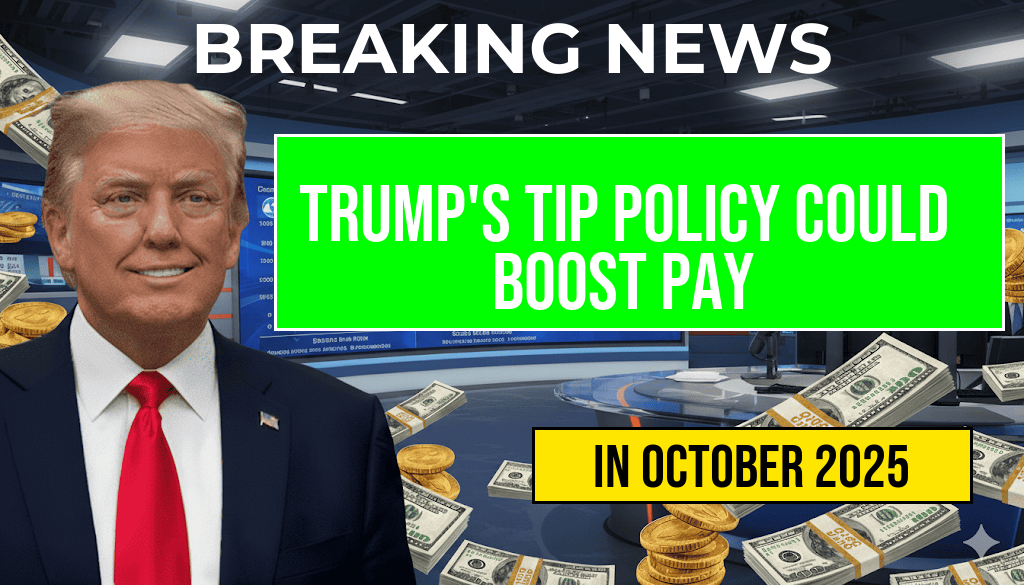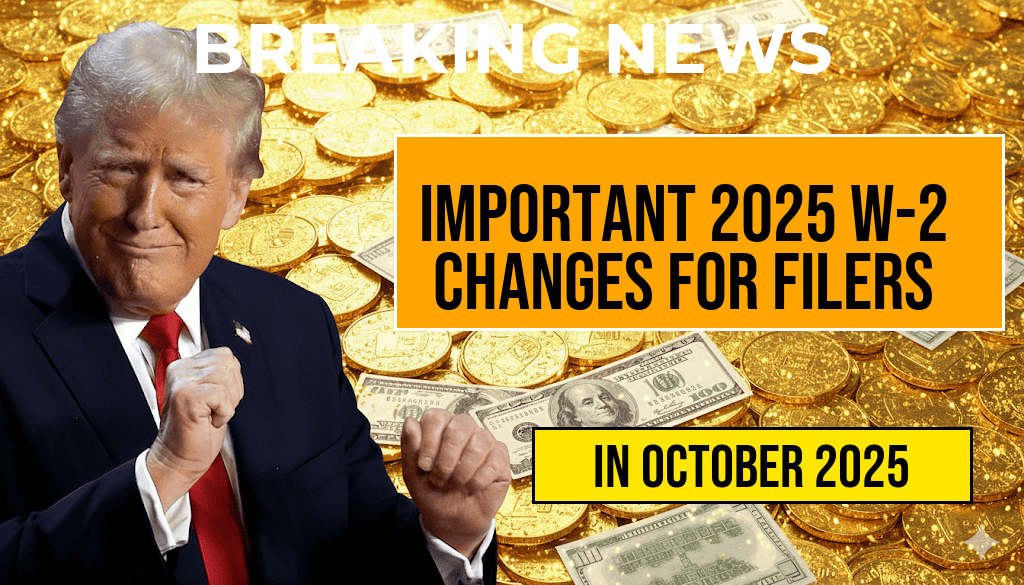Former President Donald Trump’s proposal to eliminate taxes on tips has gained traction among workers in the service industry, raising the possibility that they could deduct up to $25,000 from their taxable income. This change could translate into an additional $1,300 in take-home pay for many employees who rely on tips as a significant part of their earnings. As discussions about tax reforms continue to evolve, this policy has sparked interest and debate about its potential impact on workers and the broader economy.
Understanding the Proposal
The “No Tax on Tips” policy is part of a broader tax reform agenda that aims to provide relief to workers in various sectors, particularly those in hospitality, food service, and personal care. Under current tax laws, tips are considered taxable income, which can significantly affect the total income reported by workers. By allowing workers to deduct tips from their taxable income, the proposal could ease the financial burden on millions of tip-dependent employees.
Potential Financial Impact
The implications of this policy could be substantial for many American workers. For those in the service industry, tips often make up a considerable portion of their earnings. If implemented, the ability to deduct up to $25,000 in tips from taxable income could mean a significant financial boost. Here’s a closer look at how this change could affect take-home pay:
| Annual Tips | Tax Rate | Tax Savings | Increased Take-Home Pay |
|---|---|---|---|
| $25,000 | 13% | $3,250 | $1,300 |
| $20,000 | 13% | $2,600 | $1,040 |
| $15,000 | 13% | $1,950 | $780 |
Who Would Benefit?
The primary beneficiaries of this policy would be workers in industries where tipping is common. According to the Bureau of Labor Statistics, nearly 3 million workers in the United States are employed in occupations that traditionally receive tips, including waitstaff, bartenders, and taxi drivers. This demographic often faces financial challenges due to fluctuating income levels and the unpredictability of tips.
Challenges and Considerations
While the potential benefits are significant, there are also challenges and considerations that come with the implementation of such a policy. Some experts warn that eliminating taxes on tips could lead to a decrease in overall tax revenue, which might necessitate cuts to public services or programs funded by these taxes. Additionally, there is concern about how such a policy would be enforced and whether it would lead to an increase in underreporting of income by workers.
Public Reaction
Reactions to Trump’s proposal have been mixed. Supporters argue that it provides much-needed relief to low-wage workers and acknowledges the importance of tips in the service economy. Critics, however, caution that it may not address the root causes of income inequality and could inadvertently create a system that favors certain workers over others. Public forums and discussions are already taking place, as workers and policymakers weigh the potential consequences of this significant tax reform.
Conclusion
The debate surrounding Trump’s “No Tax on Tips” policy highlights the ongoing conversation about tax reform and economic equity in the United States. With the potential for increased take-home pay for workers who rely on tips, this proposal could significantly impact many American families. As discussions continue, it will be essential to consider both the benefits and challenges associated with such a dramatic shift in tax policy.
For further information, you can visit Wikipedia on Taxation in the USA or read more on Forbes about Tips and Taxes.
Frequently Asked Questions
What is Trump’s ‘No Tax on Tips’ policy?
Trump’s ‘No Tax on Tips‘ policy is a proposal that aims to eliminate taxes on tips received by workers, particularly in the service industry, potentially allowing them to deduct up to $25,000 from their taxable income.
How could this policy affect workers’ take-home pay?
If implemented, the policy could result in an increase of up to $1,300 in take-home pay for workers who rely heavily on tips, as they would pay less in taxes on their earnings.
Who would benefit the most from this policy?
The policy primarily benefits service industry workers such as waitstaff, bartenders, and other employees who receive a significant portion of their income from tips, allowing them to retain more of their earnings.
Are there any potential drawbacks to this policy?
Critics argue that the ‘No Tax on Tips‘ policy could lead to a decrease in government revenue and may complicate the tax system, as it could create discrepancies in how income is reported and taxed for different workers.
Is this policy currently in effect?
As of now, Trump’s ‘No Tax on Tips‘ policy is still a proposal and has not yet been enacted into law, meaning it is not currently affecting workers’ tax situations.






